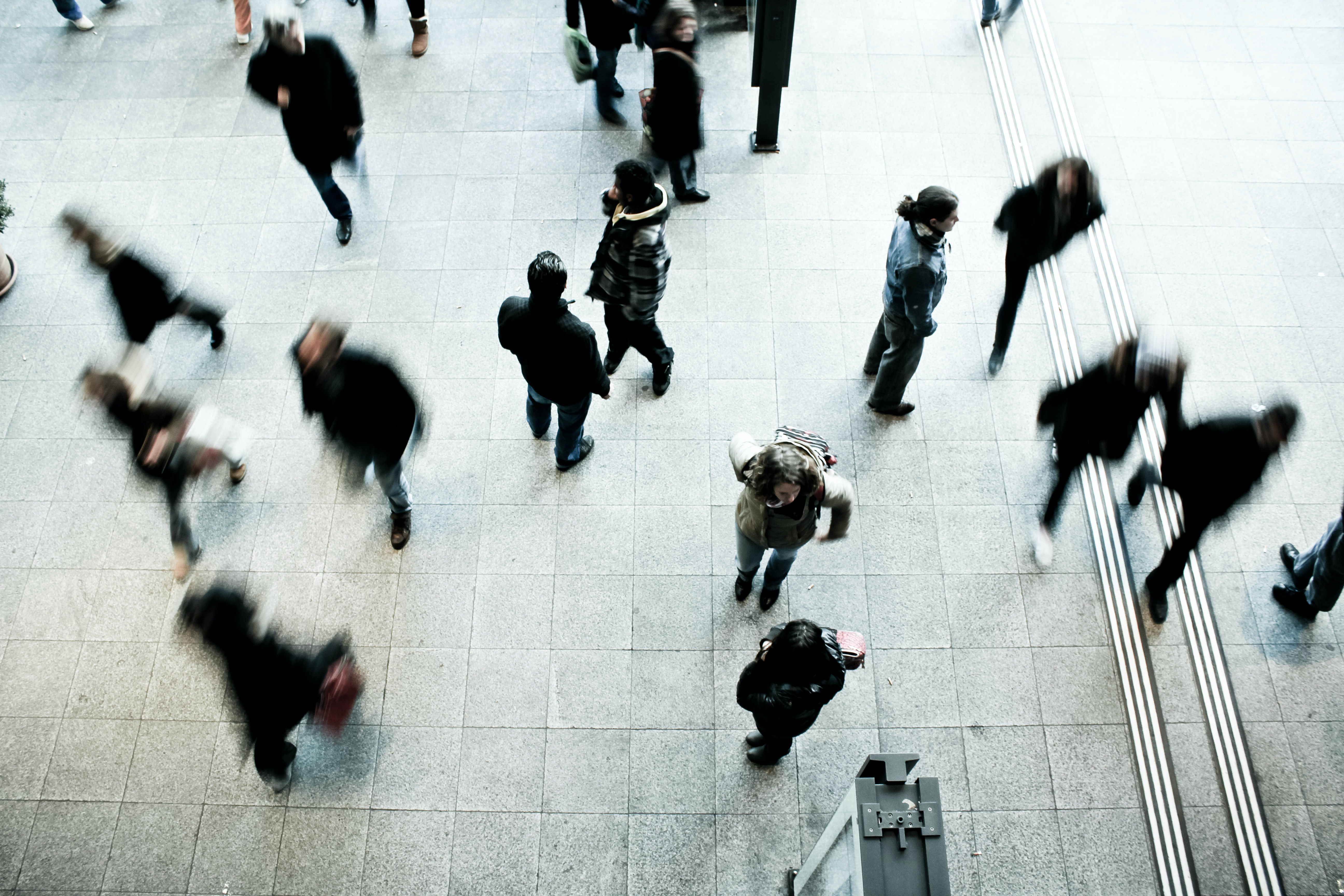What You Should Know About the Places we Live, Learn, Work, & Play
Nature is a core element in who we are as human beings. We are a part of nature and are thereby drawn to it through deep primeval instincts. We find this throughout science, history and throughout our lives. Studies show a direct link of properly connecting us to nature and healthy living increases productivity in the work place, increases sales for businesses, and increases test scores for students. Cultures from around the world and throughout history have used art as a way to both document and inspire whether it be portraits, landscapes, or contemporary art there are almost always organizational elements or direct representation of nature. As we seek recreation and respite to balance and enhance our lives we find ourselves often connecting to nature, whether it is having plants in your apartment, sitting outside in the back yard or hiking a mountain we seek such connections.
However, the majority of people spend most of their time indoors. The evolution of the built environment, architecture, has continually worked to connect people to nature. Take the evolution of the window for example. Originally a window in a building had to remain small as the structure of the building required a weight bearing system. Over time things like the flying buttress allowed for more windows, more natural daylight, and more views of nature. In more modern times architects such as Frank Lloyd Wright worked tirelessly to connect nature to the buildings and spaces where people live, work & play.
More specifically we know that “Increased Productivity and Worker Satisfaction” come from connecting us to nature and wellness. It is shown that such measures “increase revenue generated by bank branches even when they offer the same products and services.” What’s more “recently conducted scholarly research in the field of behavioral psychology has also found that companies that adopt more rigorous environmental standards are associated with higher labor productivity” We also know that “Commercial building owners and managers will invest an estimated $960 billion globally between 2015 and 2023. (https://www.usgbc.org/articles/business-case-green-building)
As occupants and inhabitants of these buildings you can have a tremendous influence on those that are both caring for and building new buildings by voicing your opinions. Such action and change can greatly increase people’s productivity, mental and physical health, and happiness. There are many means by which people can engage with those responsible for remodeling and building our built environment from houses, to offices, to libraries your voice matters. One such means is the SEED Network (https://seednetwork.org) which provides an outline for collecting and implementing just such feedback.
Architecture is not about buildings but about people. Architecture is creating such places that represent, inspire, and connect people to nature and to other people. Architecture is the creation of buildings and spaces that inspire you to be better and make your life more productive and successful. For me people are most important in our lives. Our relationships with each other are what helps us build, collaborate, and progress in life. Whether it is our families, the people we serve, the people we work with, the people we collaborate with, our clients, or the future users of the buildings we design they all play important roles in our journey of life.
Remembering people is the most important part of designing a building. Knowing how to successfully create inspiring and functional spaces that properly connect people with each other and the natural environment while simultaneously creating a comfortable and safe place are core elements in a successful design. What’s more the experience created for people by the design of the spaces both inside and around buildings can be carefully shaped by the simple use of natural light, ceiling heights, windows, and the textures and colors of materials. From nature based metaphors used in the aesthetic design of a building to the way people find their way through the spaces to interactive details that bring the building in touch with a persons experience. Doing this properly takes into account sizes and shapes that relate directly to us as humans and how spaces make us feel. “Buildings communicate by how they make us feel” (Barrie, Thomas and Bermudez, Julio: Architecture, Culture, and Spirituality.)
Remembering people in both how we interact with others and how we design the spaces we inhabit is the core principle we must use in the continued evolvement and betterment of architecture. When we integrate nature, both metaphorically and literally, in the design of our built environment then we can decide the influence our buildings have on how we feel.
If you enjoyed this article please join me in my journey and subscribe to my blog.

